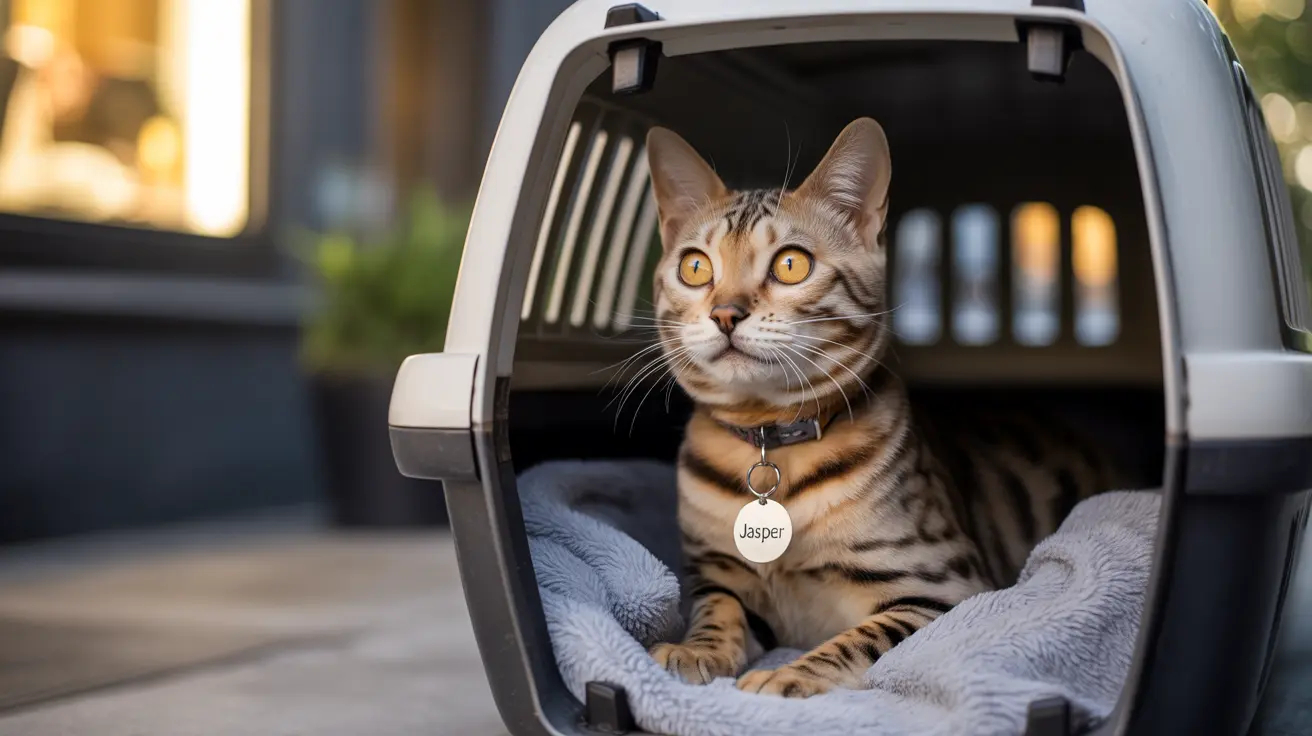Planning to take your feline friend on a Lyft ride? Understanding whether Lyft allows cats in carriers is crucial for a smooth journey. While Lyft does permit cats to travel in their vehicles, the policy isn't as straightforward as you might think. Let's explore everything you need to know about bringing your cat along on your next Lyft ride.
Unlike service animals, which drivers must accept by law, cats fall into a different category with specific considerations and limitations. This guide will help you navigate Lyft's pet policies and increase your chances of a successful ride with your furry companion.
Understanding Lyft's Cat Transportation Policy
Lyft's official stance on cats is flexible but discretionary. While the platform allows cats in carriers, there's no guarantee that every driver will accept your feline passenger. This policy differs significantly from the mandatory acceptance of service animals, which are protected under the Americans with Disabilities Act (ADA).
Here's what you need to know about the basic policy:
- Drivers have the right to refuse non-service animals, including cats
- Cats should always travel in secure carriers
- Pre-approval from your driver is strongly recommended
- No additional fees are automatically charged for pets
How to Secure a Cat-Friendly Lyft Ride
Success in getting a Lyft ride with your cat largely depends on proper preparation and communication. Here are the essential steps to follow:
Before Booking
Contact Lyft support to understand current pet policies in your area, as they may vary by location. Have your cat carrier ready and ensure it's clean and secure.
During Booking
- Request your ride as usual
- Immediately contact your assigned driver
- Politely explain you have a cat in a carrier
- Be prepared to provide details about the carrier size and your cat's behavior
Best Practices for Cat Transportation
To maximize your chances of driver acceptance and ensure a comfortable ride:
- Use a sturdy, airline-approved carrier
- Line the carrier with absorbent padding
- Keep your cat calm and quiet
- Bring cleaning supplies for emergencies
- Consider scheduling rides during off-peak hours
When Drivers Decline Your Cat
If a driver refuses to transport your cat, remain professional and understanding. You can:
- Cancel the ride without penalty (contact support)
- Request a new ride with a different driver
- Consider alternative pet-friendly transportation services
- Look into specialized pet transport services for guaranteed acceptance
Frequently Asked Questions
Does Lyft allow cats to ride in carriers, and are drivers required to accept them?
Lyft allows cats in carriers, but drivers are not required to accept them. Unlike service animals, acceptance of cats is at the driver's discretion.
How can I make sure my Lyft driver will accept my cat before my ride arrives?
Contact your driver immediately after booking through the app to inform them about your cat and get their approval before they arrive.
Are cats considered service animals under Lyft's policy or ADA regulations?
No, cats are not considered service animals under ADA regulations or Lyft's policy. Only dogs and, in rare cases, miniature horses qualify as service animals.
What should I do if a Lyft driver refuses to transport my cat?
If a driver refuses, you can cancel the ride and contact Lyft support to waive any cancellation fees. Then, request a new ride with a different driver.
How can I prepare my cat for a Lyft ride to increase the chance my driver will accept it?
Use a secure, clean carrier, ensure your cat is calm, and bring necessary supplies. Having a well-behaved cat in a proper carrier increases the likelihood of driver acceptance.
Remember that while traveling with cats on Lyft isn't guaranteed, proper preparation and communication can significantly improve your chances of a successful ride. Always have a backup plan ready, and consider alternative transportation options for essential cat travel needs.






